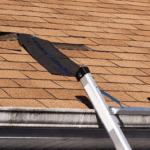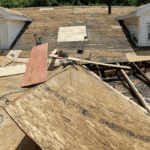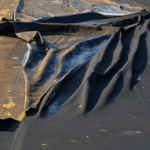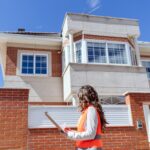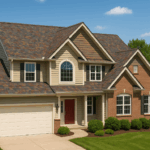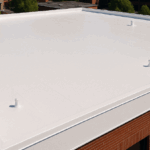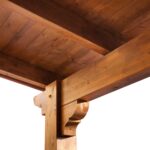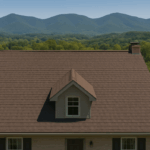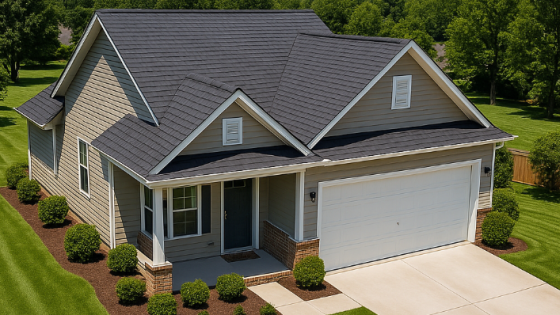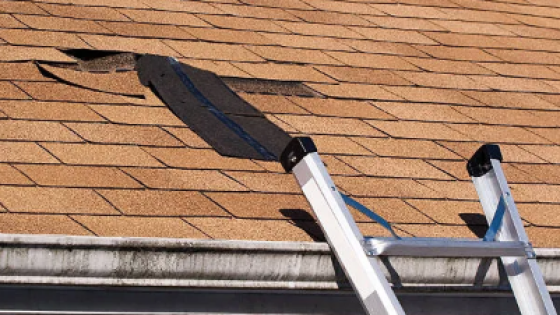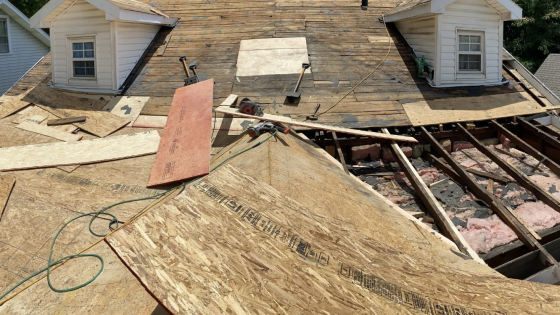Constructing or renovating a porch roof is a significant undertaking that requires meticulous planning and execution. One of the most critical aspects of this process is ensuring proper support for the porch roof during construction. Without adequate temporary support, there’s a heightened risk of structural failure, posing dangers to both workers and the existing structure.
Litespeed Construction, a trusted roofing company based in Knoxville, TN, brings years of expertise to guide homeowners and contractors through the best practices for safely supporting a porch roof during construction.
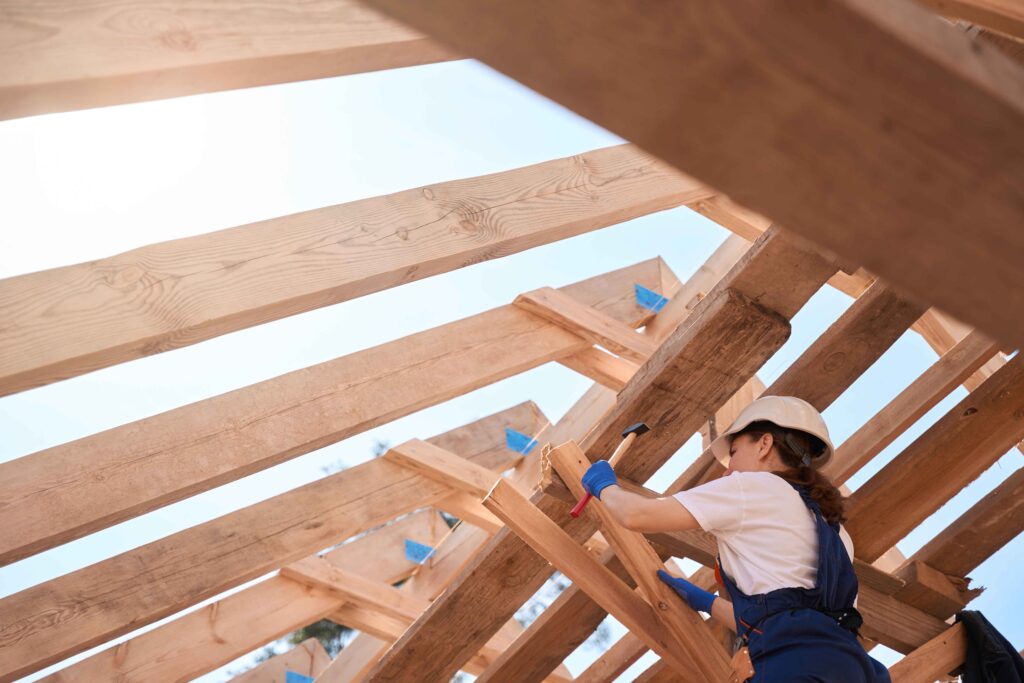
Key Takeaways
💡Utilizing jack posts, temporary walls, and cross bracing ensures the structural integrity of the porch roof during construction.
💡Adhering to OSHA regulations protects workers and prevents potential legal issues.
💡Frequent checks of the support system help identify and address issues promptly.
💡Engaging experts guarantees a safe and successful porch roof project.
Importance of Temporary Support
During construction, the existing structural elements may be altered or removed, necessitating temporary supports to bear the load of the porch roof. Proper temporary support ensures:
- Structural Integrity: Prevents sagging or collapse of the roof structure.
- Worker Safety: Provides a stable environment, reducing the risk of accidents.
- Compliance with Regulations: Adheres to OSHA standards for construction safety.
Methods for Supporting a Porch Roof During Construction
1. Use of Jack Posts (Adjustable Steel Columns)
Jack posts, also known as adjustable steel columns, are widely used for temporary support in construction projects. They are telescopic, allowing for height adjustments to fit various spaces.
Implementation Tips:
- Place jack posts on stable, level surfaces with appropriate base plates.
- Ensure the load is centered on the post to prevent tipping.
- Regularly inspect for any signs of wear or instability.
2. Constructing Temporary Support Walls
Building temporary support walls beneath the existing ridge or load-bearing points can distribute the weight evenly. This method is particularly useful when replacing or altering load-bearing walls.
Implementation Tips:
- Use sturdy lumber, such as 2×6 or 2×8, for constructing the temporary wall.
- Ensure the wall is plumb and securely fastened at both the top and bottom.
- Space studs appropriately to handle the expected load.
3. Cross Bracing for Lateral Stability
Cross bracing involves installing angled braces between vertical supports to prevent lateral movement. This technique enhances the stability of the temporary support system, especially in areas prone to wind or vibrations.
Implementation Tips:
- Use 2×4 lumber for braces, securing them with screws or bolts.
- Install braces at 45-degree angles for optimal support.
- Regularly inspect braces for any signs of loosening or damage.
Safety Considerations and Compliance
Ensuring the safety of workers and the structural integrity of the building is paramount during construction. Compliance with Occupational Safety and Health Administration (OSHA) standards is not only a legal requirement but also a moral obligation.
OSHA Fall Protection Standards
According to OSHA standard 1926.501, workers operating at heights of 6 feet or more must be protected from falls through guardrail systems, safety net systems, or personal fall arrest systems.
Key Requirements:
- Guardrails must withstand a force of at least 200 pounds applied in any outward or downward direction.
- Safety nets should be installed as close as practicable under the walking/working surface.
- Personal fall arrest systems must be rigged to prevent a worker from falling more than 6 feet.
Regular Inspection and Maintenance
Temporary support systems should be inspected frequently to ensure they remain secure and effective. Factors such as weather changes, ground movement, or adjustments during construction can affect stability.
Inspection Checklist:
- Check for loose fasteners or bolts.
- Look for shifting or tilting support posts.
- Inspect for cracks or weaknesses in wooden beams.
- Ensure even weight distribution across supports.
Litespeed Construction: Your Trusted Partner in Roofing
With over 15 years of experience in the roofing industry, Litespeed Construction has established itself as a reliable and knowledgeable partner for homeowners in Knoxville, TN, and beyond.
Why Choose Litespeed Construction:
- Expertise: Our team is well-versed in the latest construction techniques and safety standards.
- Quality Assurance: We use only high-quality materials and proven methods to ensure the longevity of your porch roof.
- Customer Satisfaction: Our commitment to excellence has earned us numerous positive reviews and repeat clients.


